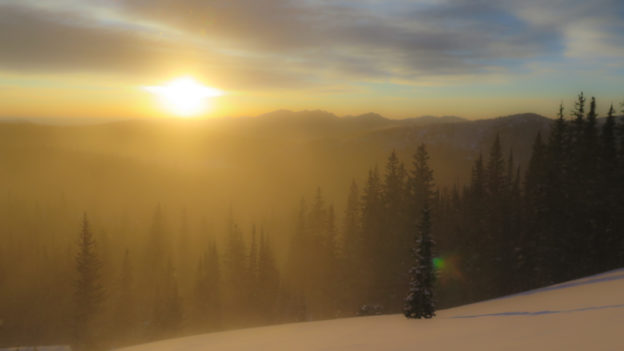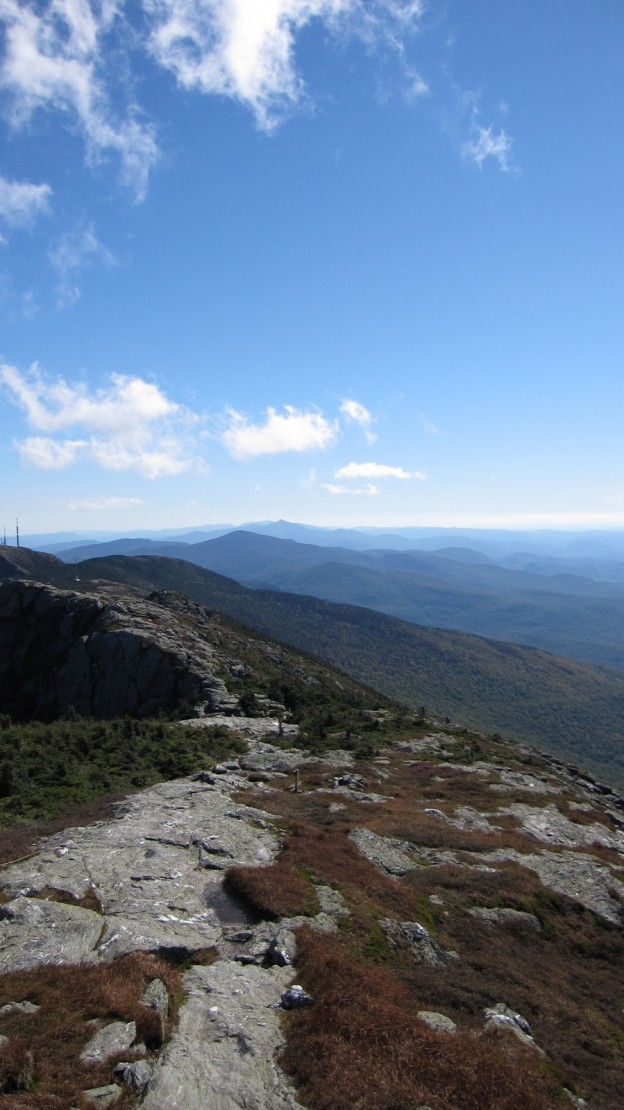In preparation for my first tour of the year, I lugged my new skis and boots out into the backyard and practiced getting in an out of my new Dynafit Beast 16 Bindings in the patchy snow. The 16 is essentially a rare beast, given its niche market, and two years in production followed by discontinuation. Why I’ve elected to use such an unusual apparatus is a story for another post – my intent here is to establish their rarity and my lack of familiarity with them. Indeed, upon picking them up mounted to my new skis from the shop, I had to be shown how to use them.
After cycling through the walk and touring modes a few times and shuffling around the backyard I was pretty certain that I had it down. With plans of dawn patrolling in the AM, the last thing I wanted to was to be fumbling with new gear in the dark, windy, early morning cold. Having proved reasonable competence to myself, I stowed the skis in the car and headed inside to install Hottronics into my new boots.
Fast forward to 5:30 AM and we find ourselves uttering curses into the wind as I step out of my fancy new bindings with every couple of strides on the skin track. By the light of our headlamps, we stare in bewilderment at these newfangled contraptions musing about what toggles, levers or processes we could possibly have misunderstood. Inexplicably they begin touring without prerelease and we sally forth into the pre-dawn haze.
We’re off to a much a slower start than we anticipated, but as luck would have it our timing perfectly coincides with some exceptional sunrise vistas.
Turns out, the skiing wasn’t too bad either. The drive up to the trailhead was worrisome, to say the least. Even the approach on the skin track had us wondering if this was going to be more of a winter hike than the powder chasing extravaganza we’d pined over during this bleak early season. But, after some poking around we identified the most leeward aspects and found them to be devoid of serious slabs below a certain elevation and a good deal deeper than expected. By the way, it turns out Dynafit Beast 16s slay deep powder just fine!
So anyway, we figured we’d lap this fluffy zone a few more times before the crowds showed up. We transitioned and were on the skin track back to Heaven when I was beset by a trifecta of critical gear breakdowns.
First, my (brand new) left boot heater crapped out. I noticed that the cable was only partially inserted into the battery. Upon further inspection, I saw that it was nearly severed! I pulled it out, looked at it, and put it back in when it totally disintegrated. I guess I owe REI a call… Ordinarily, the loss of such a luxury item garners little sympathy, but when your a fool like me and go skiing at -40 degrees Fahrenheit in plug race boots and permanently damage your feet, these things can become an issue. I figured as long as we kept up a decent hustle on the skin track, I’d generate enough heat to stave off any real issues…
Second, the Dynafit Beast 16 touring-mode auto release strikes back! But unlike the first bout of auto-release where I was standing on flat firm snow next to the car, this time around I was standing on a steep pitch in waist deep snow. One stride: good. Two strides: great. Three strides: whoa I’m wallowing like a pig in his trough up to my belly in snow. This happened a handful of times during which my one unheated foot became progressively colder…
And finally, for debacle numero tres, a piece of plastic broke off of my brand spanking new Dynafit Beast 16s while I was resetting the bindings to get back into touring mode. At this stage of the game, I pretty much decided that the number of things gone wrong in rapid succession was tipping the scales too far out of my comfort zone to consider skiing further and we agreed to retreat. As a public service announcement, I implore anyone who fails to follow my reasoning on this matter to quickly locate a copy of “To Build a Fire” by Jack London, grab a beverage, put your feet up and enjoy a contemplative afternoon on the couch.
We skulked out of the woods and drove down from the mountains, whereupon I proceeded straight to the mountain shop. The gentlemen at Neptune showed me how to properly use my Beast Bindings – turns out it was mostly operator error. There’s a small metal tab which is supposed to lock down when you step into the bindings; if it doesn’t you can do it with a ski pole. For some reason, it was never locking down in walking mode, but the problem has an easy fix.
And finally, here is the failed piece which I’ll need to call Dynafit about. Hopefully, they can just send me a replacement part. This piece is totally independent of the downhill skiing mode, so it won’t be a safety issue. When the binding is in walk mode, it acts as a guide which prevents the toe piece from pivoting. Pretty important, but not totally broken, so hopefully I can limp along while I’m waiting for a replacement part.
But even amid all of these varied gear debacles, there was no shortage of smiles to be had!
















